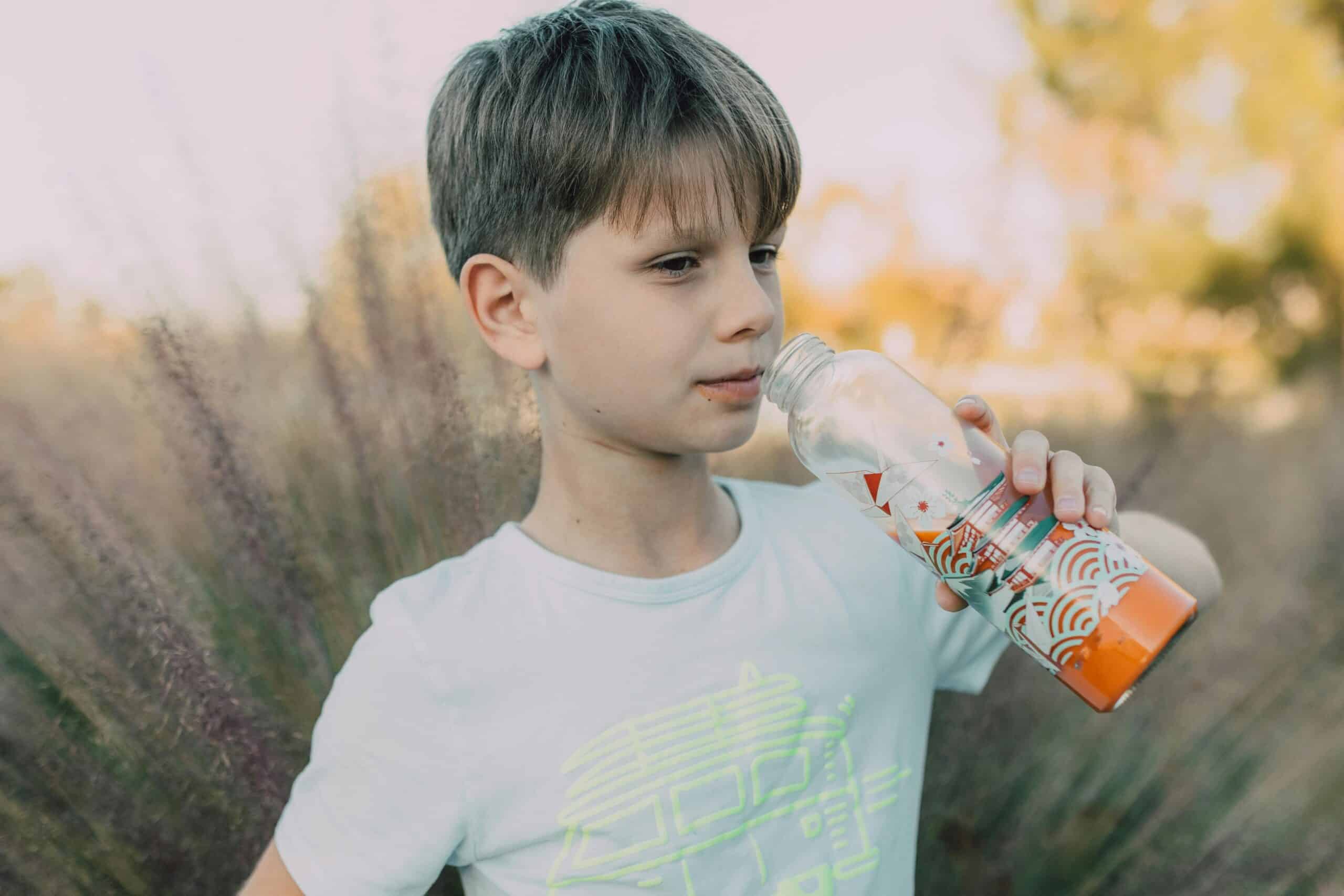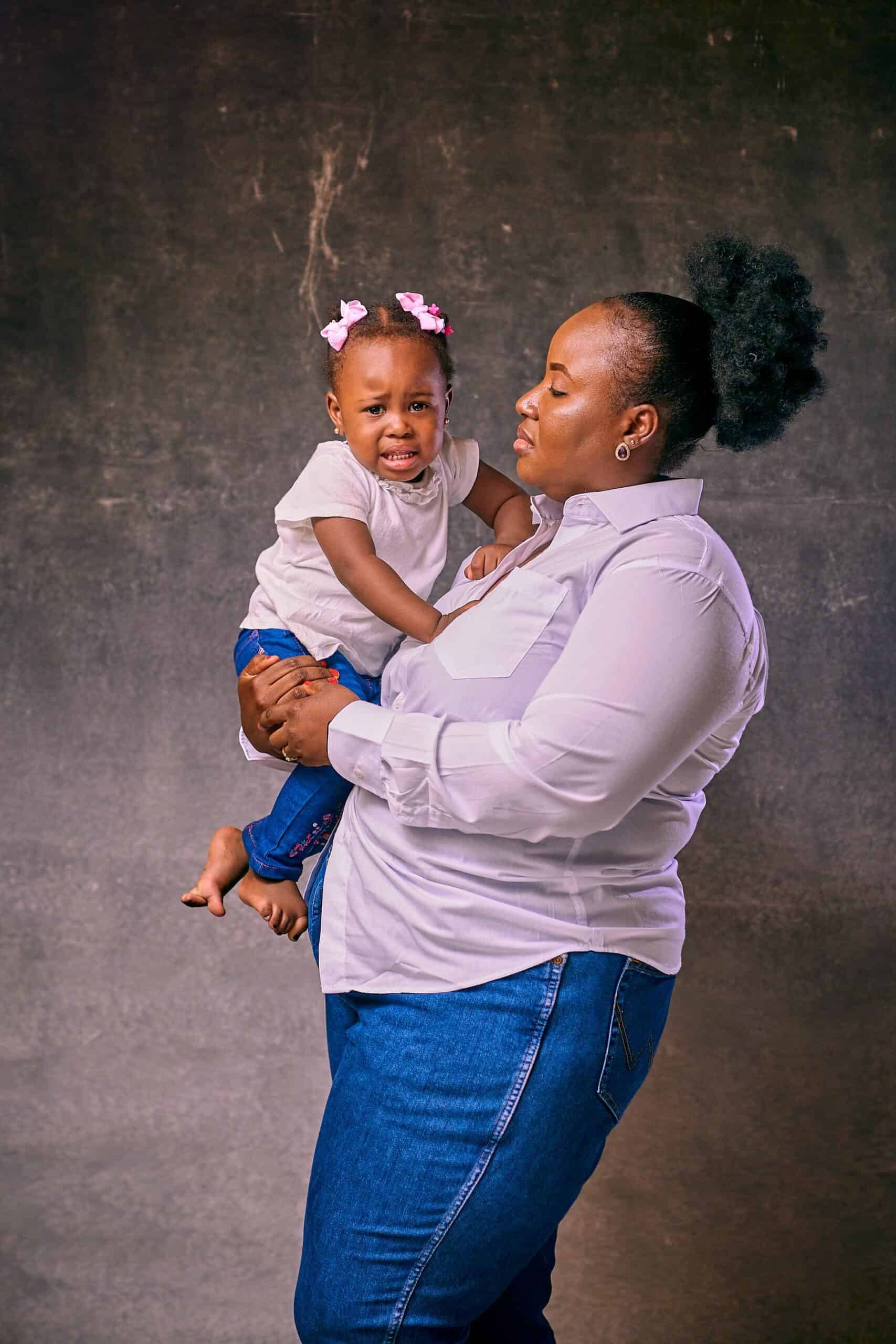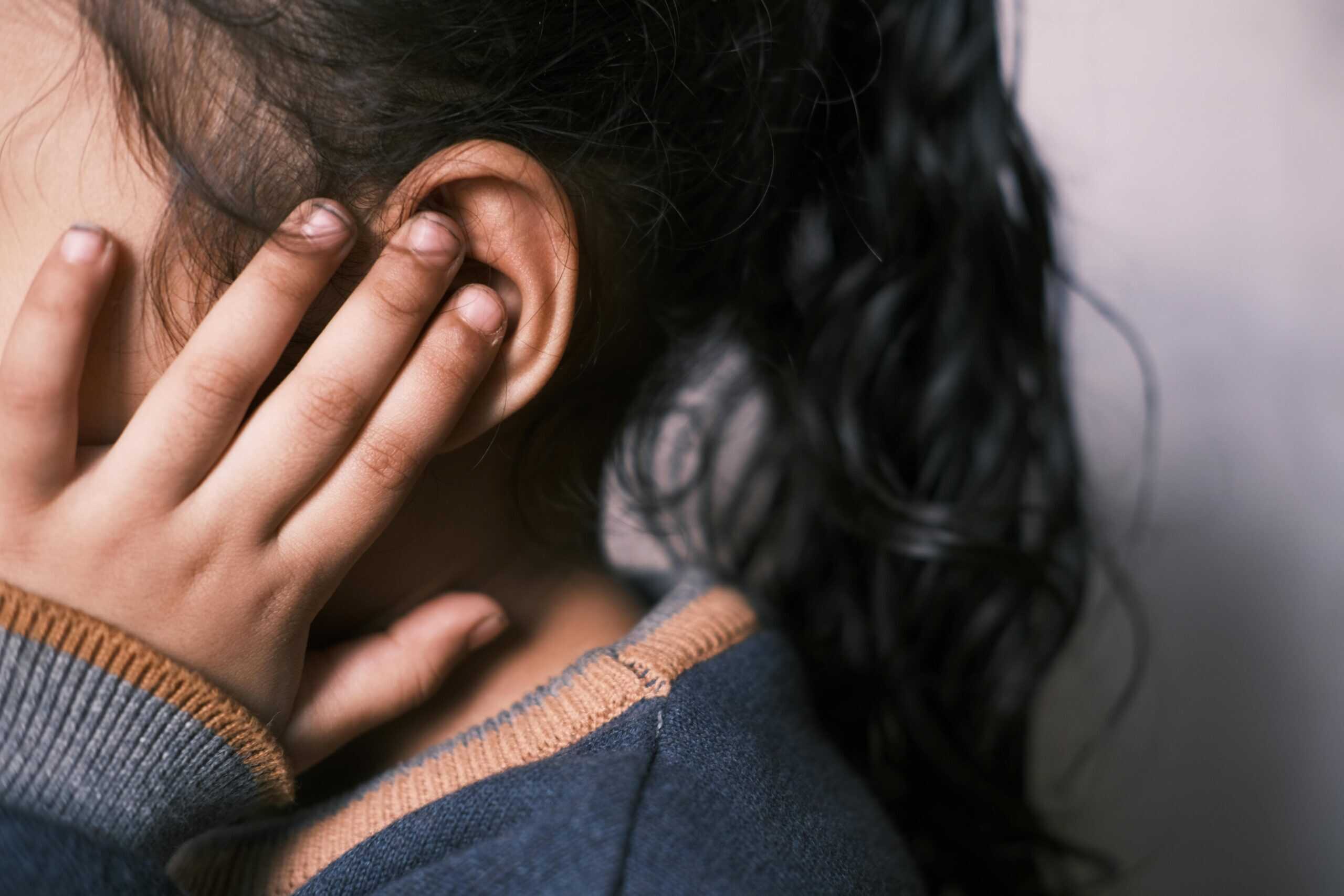Why Is Your Kid Acting Out? These 15 Triggers Might Surprise You
When your child acts out, it can feel confusing and even overwhelming. But beneath every tantrum or meltdown, there’s often an unspoken message. Challenging behavior is frequently a child’s way of communicating needs or distress that they can’t express in words. Surprisingly, many triggers are subtle or unexpected—ranging from sensory overload to changes in routine. Understanding these less obvious causes can help you respond with empathy, strengthen your connection, and foster healthier family dynamics. By recognizing these triggers, you can help your child feel seen, heard, and supported.
1. Lack of Sleep

It’s no secret that a tired child is often a cranky child. Insufficient rest can lead to irritability, heightened emotions, and defiant behavior—sometimes even after just one late night. Much like adults who feel grumpy or short-tempered when exhausted, children also struggle to control their impulses when they’re sleep-deprived. You might notice your child arguing more, crying easily, or having trouble following directions. Prioritizing a consistent sleep schedule can make a world of difference in their mood and ability to cope with daily challenges.
2. Hunger or Thirst

Have you ever noticed your child’s mood shift just before a meal? Hunger and dehydration can quickly turn a calm child into one who is cranky or even aggressive. Unlike adults, children often don’t recognize or express that they need food or water. Instead, they might act out, have meltdowns, or become uncooperative. Ensuring regular meals and snacks, along with plenty of water, can help prevent these behavioral swings. Sometimes, a simple snack or drink is all it takes to restore peace and cooperation.
3. Overstimulation

Children are especially sensitive to their surroundings, and crowded or noisy environments can easily overwhelm their senses. This often leads to meltdowns or sudden tantrums that seem to come out of nowhere. Think of a birthday party filled with loud music and excited kids, or a busy grocery store packed with people and bright lights. In these situations, children may become agitated or uncooperative simply because their brains are overloaded. Recognizing overstimulation allows you to offer breaks or quiet time, helping your child recover their sense of calm.
4. Sudden Changes in Routine

Many children thrive on routine and predictability. Unexpected changes—like a new caregiver, a canceled outing, or an altered bedtime—can trigger anxiety and acting out. For some kids, even small disruptions can make them feel insecure or out of control, resulting in resistance, tantrums, or clinginess. They may not understand or be able to express their discomfort with change. Whenever possible, preparing your child for transitions and talking through upcoming changes can help ease their stress and support smoother adjustments.
5. Seeking Attention

Sometimes, children act out simply because they crave attention—even if it comes in the form of scolding or time-outs. Negative attention can feel better than being ignored, so behaviors like whining, interrupting, or acting defiantly may be a child’s way of saying, “Notice me!” Adults, too, sometimes engage in attention-seeking behaviors, such as exaggerating stories or raising their voices. For children, consistent positive attention and praise for good behavior can reduce the need for dramatic displays. Remember: connection often matters more to kids than consequences.
6. Feeling Ignored or Unheard

When children sense that their opinions or emotions are being dismissed, they may respond by escalating their behavior. Loud outbursts, repeated interruptions, or even defiance can be signs that a child feels ignored or misunderstood. If a child tries to share a thought or feeling and is brushed aside, frustration can build quickly, resulting in acting out to finally get your attention. Taking time to actively listen and acknowledge your child’s perspective not only diffuses conflict but also helps foster trust and emotional safety.
7. Sensory Sensitivities

Some children are highly sensitive to textures, sounds, lights, or even smells. This sensory overload can cause intense discomfort, leading to outbursts or withdrawal. You might notice your child refusing to wear certain fabrics, covering their ears in noisy places, or becoming upset in bright or crowded environments. These reactions aren’t about stubbornness—they’re a response to feeling overwhelmed. Understanding and accommodating sensory sensitivities can help reduce conflicts and support your child’s emotional well-being in challenging situations.
8. Emotional Overload

Children experience big emotions, but often lack the tools to manage them. Frustration, jealousy, or sadness can build up quickly and become overwhelming. When kids don’t know how to process these feelings, they may lash out—screaming, hitting, or throwing things—simply as a release. For example, a child might act aggressively after losing a game or when a sibling gets special attention. Teaching children to recognize and name their emotions can empower them to handle overwhelming feelings more constructively and with greater self-control.
9. Struggling with Transitions

Transitions—from playtime to mealtime, or from home to school—can be tough for many kids. Abruptly switching activities often leads to resistance, whining, or even full-blown tantrums. Children thrive on predictability, and sudden changes can leave them feeling unsettled or out of control. Without a gentle warning or time to adjust, moving from a favorite activity can spark protest. Offering advance notice and using visual or verbal cues can help children prepare mentally and emotionally, making transitions smoother for everyone.
10. High Expectations or Pressure

When children feel overwhelmed by academic, social, or extracurricular expectations, it can trigger stress and acting out. Pressure to perform or be “perfect” may lead to anxiety, avoidance, or angry outbursts. For example, a child who fears making mistakes might refuse to start homework or become upset over a small error. Similarly, pressure to fit in socially or excel in sports can create emotional strain. Recognizing when a child is feeling pressured—and offering reassurance—can help reduce anxiety-induced behaviors and foster resilience.
11. Modeling Adult Behavior

Children are keen observers and often mirror the actions and emotions of the adults around them. If they see adults shouting, losing patience, or handling frustration poorly, they’re likely to imitate those behaviors themselves. For example, a child may raise their voice during conflict simply because they’ve seen it modeled at home. This highlights the importance of mindful role modeling. Demonstrating calm, respectful ways to handle stress teaches children how to manage their own emotions and reactions in more positive, constructive ways.
12. Unresolved Conflict

Lingering disagreements—whether at home or with peers—can leave children feeling unsettled and emotionally raw. Unresolved conflict often resurfaces as irritability, aggression, or unexpected outbursts. For instance, a child may act out at school after a tense morning argument with a sibling or parent. Similarly, ongoing issues with classmates can lead to disruptive behavior in the classroom. Helping children process and resolve conflicts, and providing space to talk about their feelings, can reduce the urge to express distress through negative actions.
13. Feeling Unsafe or Anxious

Fears—whether based in reality or imagination—can have a powerful impact on children’s behavior. Feeling unsafe or anxious may cause kids to act out, become clingy, or even lash out aggressively. Common triggers include fear of the dark, separation anxiety, or worries about starting a new school. When anxiety takes hold, children may resist routines, refuse to sleep alone, or express distress in disruptive ways. Recognizing and validating these fears helps children feel more secure and gives them the confidence to navigate their worries more calmly.
14. Limited Communication Skills

Young children, and even older ones, sometimes struggle to find the right words to express their needs or feelings. When communication breaks down, frustration can quickly turn into acting out—through yelling, crying, or physical outbursts. This is not so different from how adults feel when misunderstood or unable to convey their point. Imagine the irritation of not being able to get your message across at work. Building strong communication skills and offering patience can help kids express themselves more effectively and with less frustration.
15. Changes in Family Dynamics

Major life changes—such as divorce, the arrival of a new sibling, or moving to a new home—can deeply impact a child’s sense of stability. These events often lead to behavioral shifts as children struggle to adjust. For example, a child might act out at school after a recent move, or become more withdrawn following a parental separation. Even positive changes, like a new baby, can trigger feelings of insecurity or jealousy. Patience, reassurance, and open communication are crucial during these sensitive transitions.
Understanding and Addressing the Triggers

Recognizing the hidden triggers behind your child’s challenging behaviors is the first step toward more effective, compassionate parenting. By identifying what’s really driving their actions, you can respond with empathy instead of frustration. Proactive strategies—like maintaining routines, offering choices, and validating feelings—help children feel secure and understood. Remember, every child’s behavior is a form of communication. With patience and awareness, you can support your child through tough moments, leading to stronger family connections and healthier emotional development. Your understanding truly makes a difference.
.article-content-img img { width: 100% }




